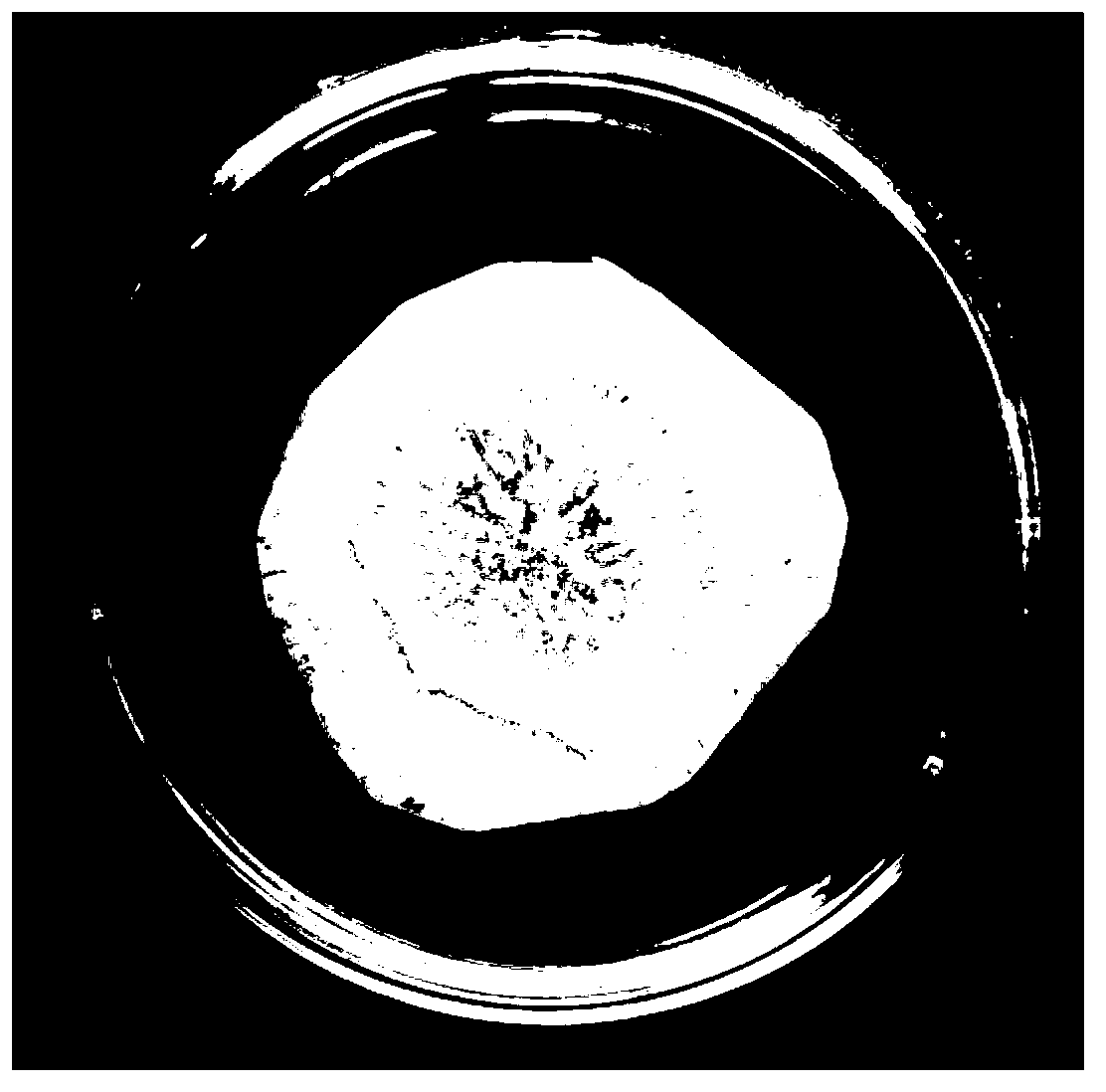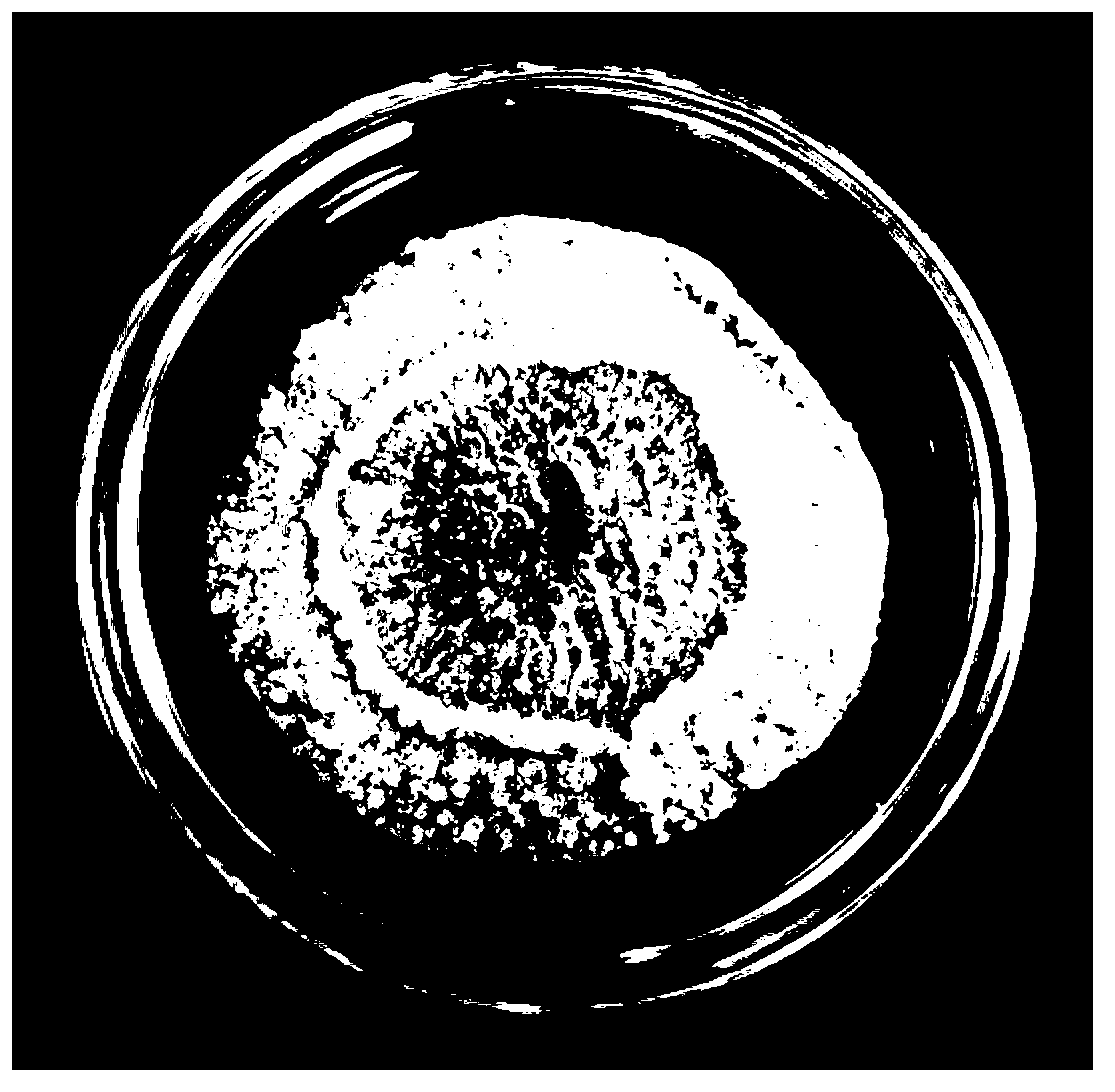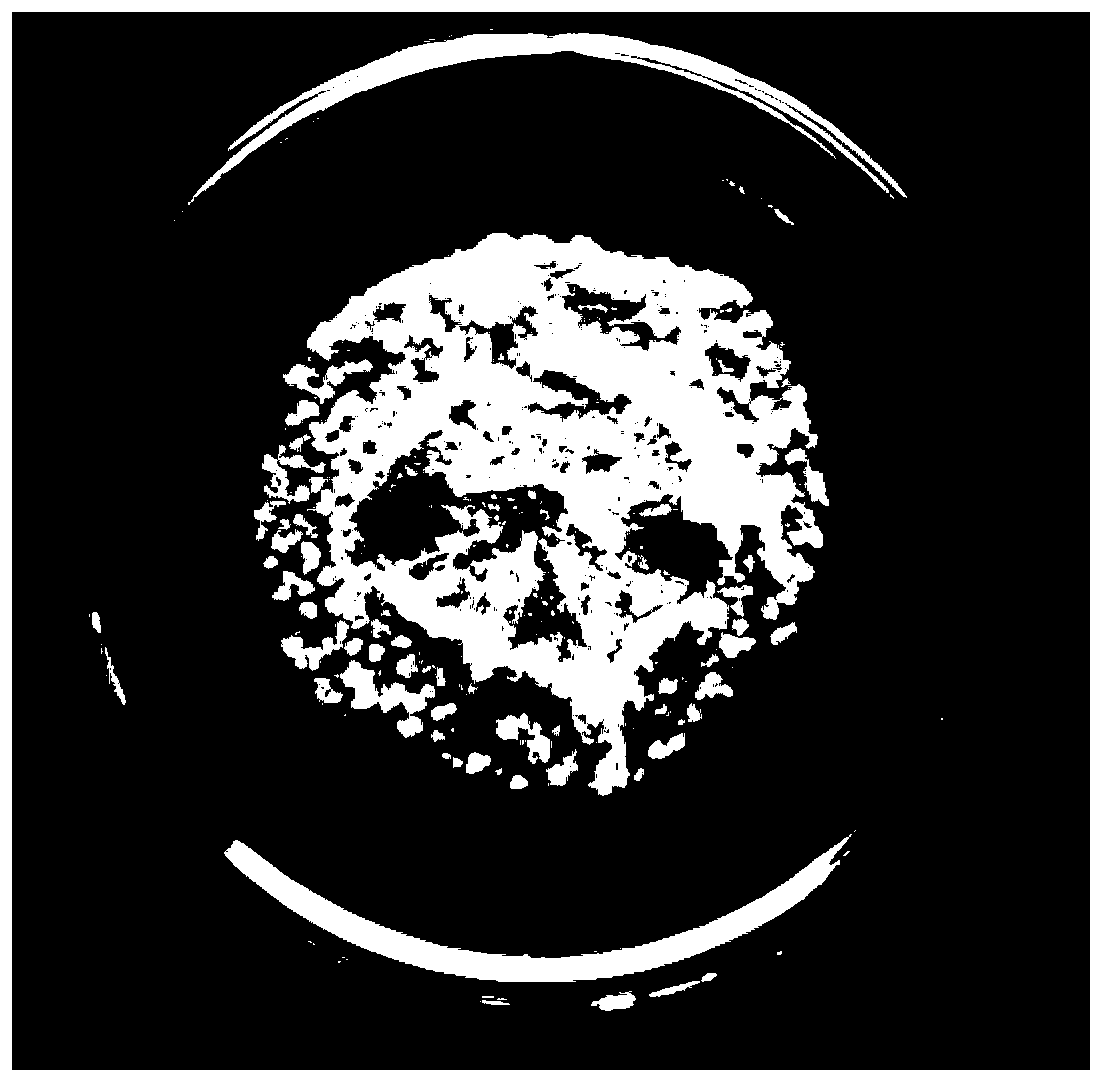Method for breeding, culturing and preserving paratylenchus by using carrot callus
A callus and carrot technology, applied in the direction of botany equipment and methods, gardening methods, applications, etc., to achieve the effect of easy operation and easy acquisition
- Summary
- Abstract
- Description
- Claims
- Application Information
AI Technical Summary
Problems solved by technology
Method used
Image
Examples
Embodiment 1
[0029] The propagation of embodiment 1 needle nematode on the carrot callus
[0030] (1) Preparation of carrot callus
[0031] Select healthy, uninjured carrots that have just been harvested within 2 weeks, wash and dry them, soak them in 95% (V / V) industrial alcohol for 2 minutes in an ultra-clean workbench, then burn them on an alcohol lamp, repeat 3 times, until the carrots The skin turns from orange red to reddish brown; peel off the carrot skin with a sterile knife, cut into thin slices about 5mm thick, and put them in a sterilized petri dish (such as figure 1 shown), sealed with plastic wrap, placed in a constant temperature incubator at 25°C for dark cultivation, and carrot callus grew in about 2 weeks for later use (such as figure 2 shown).
[0032] (2) Isolation of needle nematodes
[0033] Use the Berman funnel method to separate needle nematodes from the collected diseased roots and diseased soil. The specific method is as follows: select a glass funnel with a d...
Embodiment 2
[0038] The culture preservation of embodiment 2 needle nematodes on the carrot callus
[0039] (1) See Example 1 for the preparation of carrot callus
[0040] (2) Disinfection and inoculation of needle nematodes
[0041] When the yellow-brown or dark-brown lesions appear on the carrot callus of the cultured and propagated nematodes in the early stage, in the ultra-clean workbench, wash the nematodes in the culture dish with sterile water and suck them into the centrifuge tube, and then press In the disinfection and inoculation method described in Example 1, the needle nematodes were sterilized and inoculated onto the freshly prepared carrot callus, placed in a constant temperature incubator, and cultured and stored in the dark at 23°C. After 16 weeks, most of the callus of carrot beetroot showed yellow-brown or dark-brown lesions and live needle nematodes existed.
[0042] (3) Subculture of needle nematodes
[0043] Yellow-brown lesions appear in the carrot callus part of t...
PUM
 Login to View More
Login to View More Abstract
Description
Claims
Application Information
 Login to View More
Login to View More - R&D
- Intellectual Property
- Life Sciences
- Materials
- Tech Scout
- Unparalleled Data Quality
- Higher Quality Content
- 60% Fewer Hallucinations
Browse by: Latest US Patents, China's latest patents, Technical Efficacy Thesaurus, Application Domain, Technology Topic, Popular Technical Reports.
© 2025 PatSnap. All rights reserved.Legal|Privacy policy|Modern Slavery Act Transparency Statement|Sitemap|About US| Contact US: help@patsnap.com



